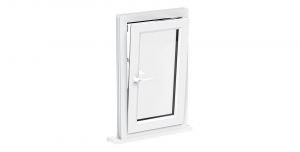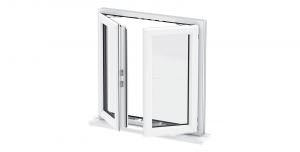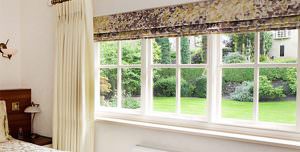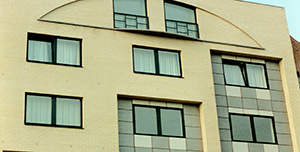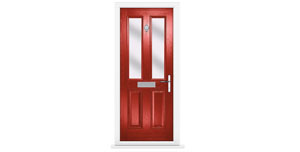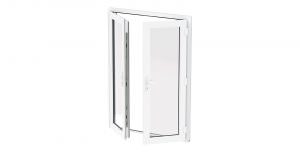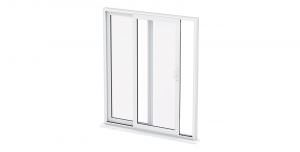How To Prevent Condensation On Your Windows
At Alaskan Windows, we understand the importance of maintaining clear and healthy windows, so we’ve put together some effective tips on how to prevent window condensation.
Window condensation occurs when warm, moisture-laden air comes into contact with a cooler surface. The temperature difference causes the moisture in the air to turn into liquid on your windows. It not only obstructs your view, but if left unchecked, it can lead to mould and mildew, which are harmful to both your health and your home.
Discovering condensation on your windows can happen often, particularly during the colder months in Britain. To tackle this issue, you need to manage both the moisture levels in the air and the temperature of the surfaces in your home. Here are our top 6 tips for dealing with condensation:
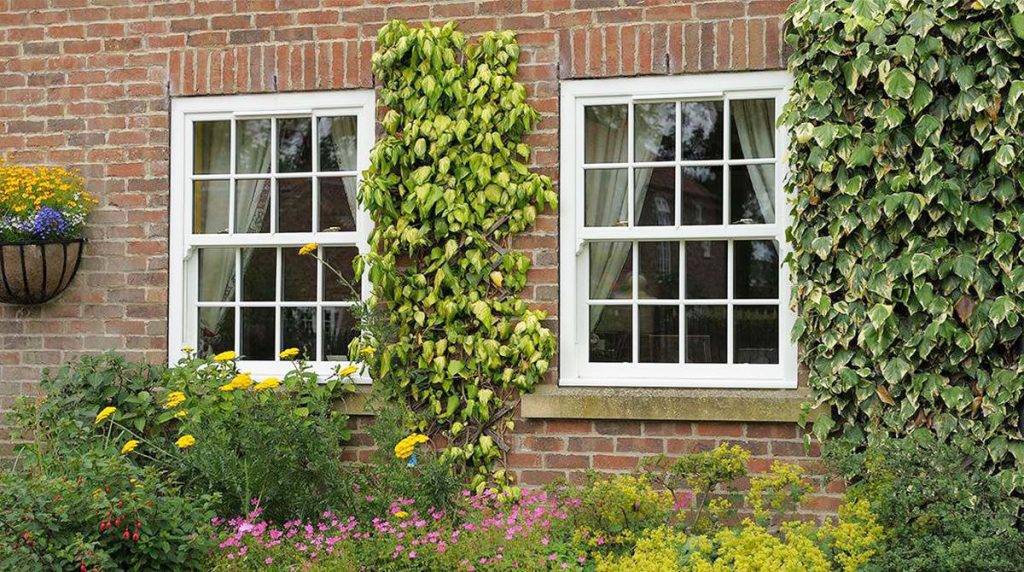
1. Improve Ventilation
Good ventilation is key to preventing condensation. By allowing air to circulate freely, you can reduce the amount of moisture air holds. During winter, you need to carefully balance the need for warm rooms with adequate ventilation.
Use extractor fans in high-humidity areas like the kitchen and bathroom, and open windows briefly several times a day to allow dry, fresh air to enter and moist air to escape. This might seem counterintuitive in cold weather, but it is essential for reducing condensation.
2. Maintain Consistent Indoor Temperatures
Keep a steady temperature in your home, as extreme fluctuations can make condensation much worse. This means you shouldn’t overheat your home. Instead, aim for a consistent temperature to prevent your windows from becoming cold surfaces on which moisture can condense.
This can be achieved through effective heating and, if necessary, by upgrading to heating systems that distribute heat more evenly around the home.
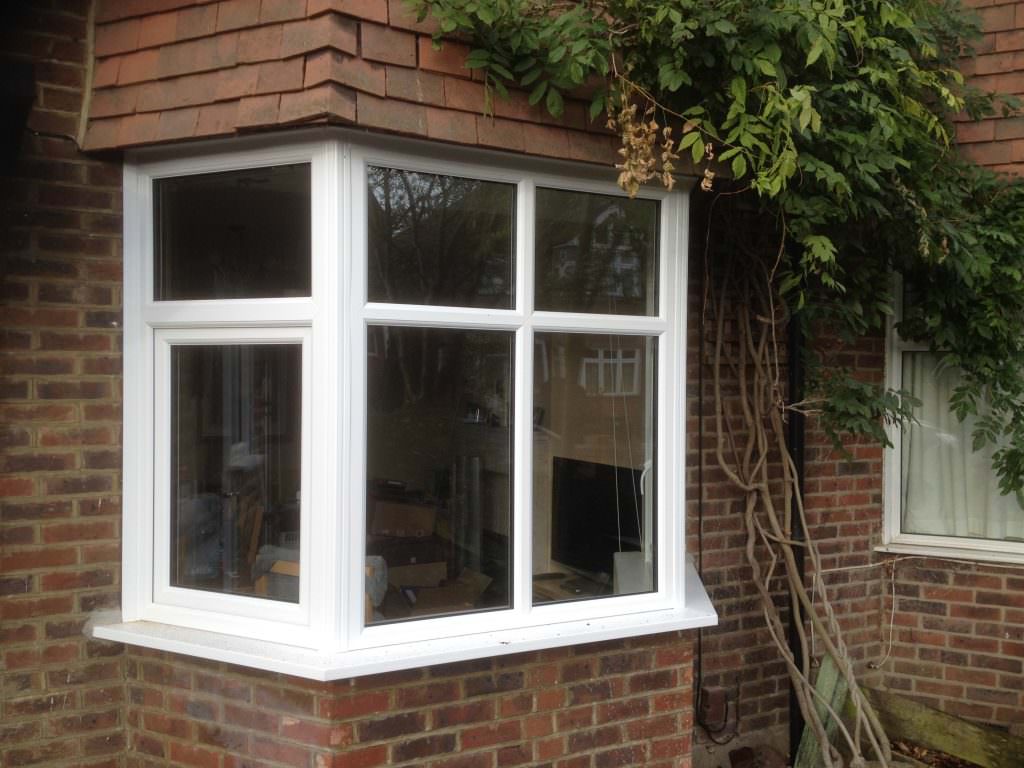
3. Upgrade to Double Glazing
If you are experiencing persistent problems with condensation, it might also be time to consider upgrading your windows. Double glazed windows have two layers of glass with a gap in between, usually filled with air or an inert gas, which insulates the inner glass from cold outside temperatures.
At Alaskan Windows, we specialise in high-quality double glazed products that can significantly improve insulation and reduce the likelihood of condensation. If you are interested in energy-efficient, fully customisable double glazed windows, you can use our free online quoting engine to explore our options.
4. Move Your Plants
While plants are wonderful for your home’s aesthetics and air quality, they actually release moisture into the air. It’s worth moving them away from windows or reducing the number of houseplants if condensation is a significant issue.
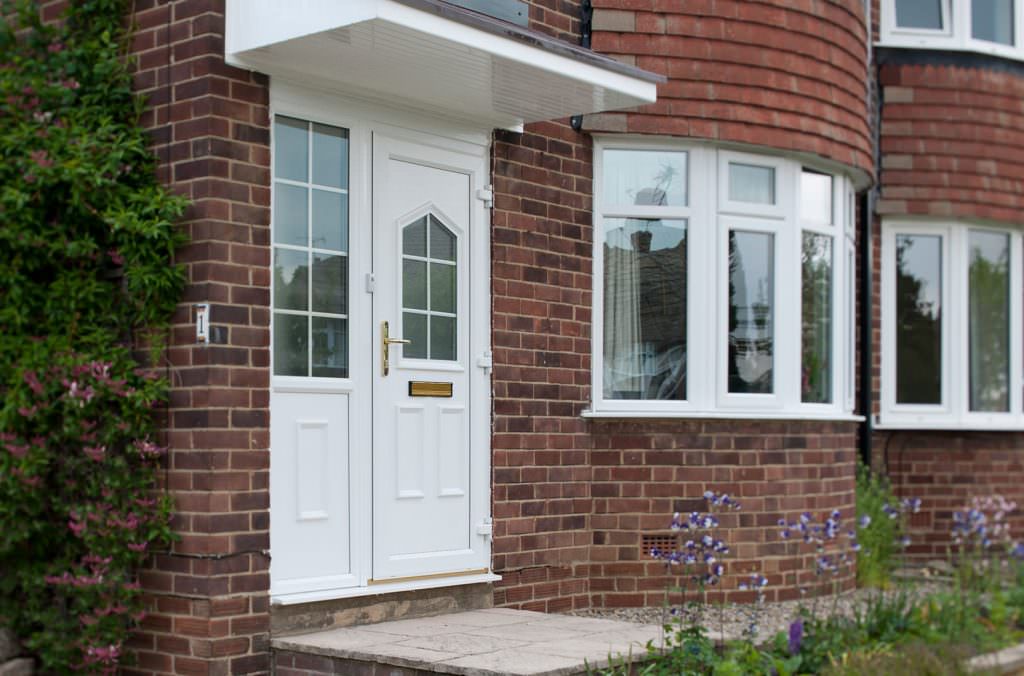
5. Get a Dehumidifier
Using a dehumidifier can also really reduce the moisture levels in your home, making it harder for condensation to form on your windows. It’s particularly useful in areas that generate a lot of moisture, like kitchens and bathrooms.
6. Ensure Proper Insulation
Improving the insulation of your property will help maintain warmer wall surfaces, reducing the likelihood of condensation forming. Check your loft insulation and consider cavity wall insulation if appropriate for your property.
Windows and doors are common sources of heat loss in a home, so it’s important to keep them well-insulated with either double glazing or secondary glazing. Double glazing is the better choice for overall insulation, but secondary glazing is a great option for period properties where planning permission is required to make an upgrade. Contact us today for more information on either.
Remember, better-insulated homes retain warm air inside, preventing it from meeting with cold external walls and windows.
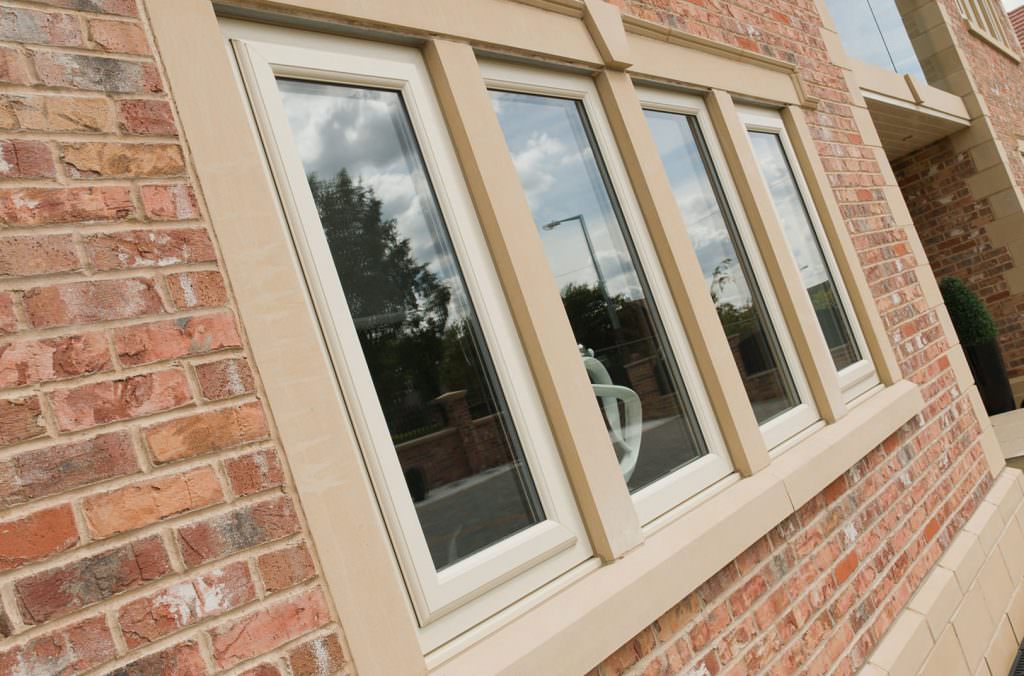
Reach Out for a Free Consultation
If condensation on your windows is a persistent problem and you’re considering a replacement, get in touch with us using our contact form. We can provide a free quote and a thorough consultation to help you choose the best options for your home.
By following these tips and making upgrades where necessary, you’ll be well on your way to preventing condensation on your windows, maintaining a clearer view and a healthier home all year round.








